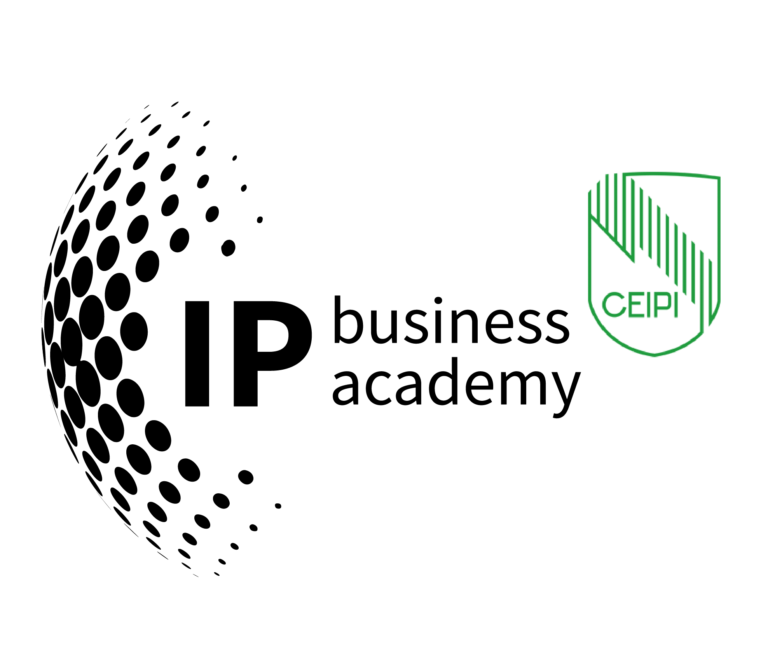Building Visible Expertise: Personal & Expert Branding for IP Professionals – Whitepaper for the exchange of experience at Weickmann & Weickmann
In the IP world, excellence alone isn’t enough. Decision-makers increasingly assess advisors through their digital footprint long before a first call. That means your brand—how you position your expertise, show up across channels, and sustain recognition over time—has become a strategic asset. This post distills key insights from the White Paper on Personal Branding & Expert Branding for IP Experts and translates them into concrete steps you can apply now.
👉 Here you get access to the white paper on Personal & Expert Branding
White Paper: Personal & Expert Branding
Send download link to:
Why personal branding in IP matters now
Digital visibility has shifted from “nice to have” to decisive. Clients, founders, investors, and institutions check LinkedIn activity, articles, and community contributions to gauge credibility. A well-structured presence signals authority and professionalism; a thin or inconsistent presence suggests risk—even when the underlying expertise is strong. Three effects make personal branding particularly impactful in IP: it compounds trust ahead of any engagement, it differentiates your niche expertise in crowded markets, and it attracts collaboration—speaking slots, cross-border partnerships, and strong talent—creating a virtuous cycle of recognition and opportunity.
At the same time, branding shapes influence. Visible experts are more likely to be invited into policy conversations, advisory roles, or strategic programs where innovation decisions are set. That reach amplifies professional standing beyond individual mandates.
Core principles that sustain credibility
Authenticity. Your positioning must match real experience. Opportunistic persona-shifts or borrowed buzzwords erode trust. Authentic tone and values make expertise relatable for diverse audiences.
Focus. Clear thematic focus (“AI-enabled patent strategy,” “IP in life sciences,” “UX-oriented design protection”) helps audiences associate your name with a specific competence and keeps your content relevant and memorable.
Consistency. Recognition grows through steady contribution, coherent tone, and a repeated visual identity across channels. Consistency creates familiarity and combats the “out of sight, out of mind” effect.
These principles reinforce each other: authentic voices resonate more when shared regularly, and focus is easier to maintain when it reflects genuine strengths.
Channels and formats that work for IP experts
LinkedIn. It’s the primary stage for professional visibility. Beyond profile basics, consistency matters: short insights, carousels, quick explainers, and thoughtful engagement in others’ threads. Done well, LinkedIn establishes authority in specific technical domains and connects you with decision-makers across industries.
Expert blogs & interviews. Long-form articles and interviews (e.g., on the IP Business Academy) deepen credibility and create durable reference pieces you can circulate in newsletters and conversations.
Community programs. Ambassador roles and curated expert programs place your profile inside trusted ecosystems, multiplying reach and signaling quality.
Webinars & podcasts. Interactive formats demonstrate thinking under questions and build familiarity. Clips and quotes can be repurposed across channels.
Academic & professional outlets. Journals and conference talks still matter—especially when connected back to digital channels, uniting scholarly credibility with modern discoverability.
The strategy question isn’t “which channel?” but “how do these channels form a coherent narrative?” Fragmented efforts dilute recognition; orchestrated formats compound it.
The IP Subject Matter Expert model—why it works
An IP Subject Matter Expert is more than a practitioner. In this model, expertise is consistently translated into accessible problem-solving narratives tied to real client outcomes—product launches, licensing strategies, risk mitigation, competitive positioning. Visibility is built around service to users of the IP system: showing how your knowledge helps them make better decisions. This model scales because once your positioning is clear, you can express it across multiple formats (short posts, interviews, glossaries, webinars) without reinventing the message each time.
How the IPBA Connect Platform helps. A structured ecosystem handles editorial quality, design, distribution, and community engagement, while you contribute authentic insights. That reduces learning curves, shortens the path to measurable outcomes, and links visibility directly with lead pipelines and client journeys.
Best practices—and pitfalls to avoid
Best practices
- Storytelling with evidence. Frame technical points as short client-relevant stories: the context, the challenge, the approach, and the business impact. Case references, teaching activities, and research outputs strengthen credibility.
- Community engagement. Visibility turns into relationships when you comment thoughtfully, answer questions, and co-create with peers.
- Educational assets. Glossaries, guides, and explainers demonstrate sustained commitment to knowledge sharing and give your audience reusable value.
Common pitfalls
- Opportunism. Chasing every trending topic without depth undermines trust.
- Inconsistency. Long gaps break recognition (and algorithms).
- Over-commercialization. Advertising-style posts alienate expert audiences who expect insight over promotion.
- Ignoring feedback. Failing to respond to comments or signals leaves relationships on the table.
A simple rhythm helps: one short LinkedIn post per week, one substantial article per quarter, one community contribution (panel, interview, glossary entry) per month. Keep the themes tight and repeat the core narrative in different formats.
Future trends shaping expert branding in IP
AI & analytics. Expect audiences to want timely, data-informed commentary. Those who can contextualize rapid legal and technological developments in plain language will stand out.
Platform economies. Curated ecosystems where experts are pre-qualified are gaining influence. Being absent from those hubs risks exclusion from high-leverage opportunities.
Cross-border visibility. With robotics, life sciences, and green tech accelerating globally, clients prefer advisors whose brand signals international fluency—technically and culturally.
Sustainability & societal impact. Linking IP work to ESG questions resonates with boards, investors, and public actors. Experts who address these dimensions credibly will widen their influence and relevance.
A practical path to start (or reset) your brand
- Clarify your position. Define your technical/industry specialism and articulate a clear value proposition: what problem do you solve better than others?
- Build the foundations. Align your LinkedIn headline and summary with that positioning. Ensure consistency across your law-firm bio, dIPlex entry, and conference bios.
- Select 2–3 content themes. Examples: AI-enabled patent strategy for industrial automation; IP strategy for biotech scale-ups; UX-oriented design protection.
- Decide the cadence. Weekly micro-insights on LinkedIn; quarterly articles or interviews; periodic webinars/podcasts where you field questions live.
- Show evidence. Highlight case learnings (anonymized), teaching roles, panels, and publications.
- Engage. Comment on others’ posts; thank contributors; connect discussions across platforms so audiences see you as a generous expert.
- Measure and refine. Track meaningful engagement—quality interactions, invitations, and qualified conversations—then adjust focus while staying authentic.
Why platforms accelerate progress
Doing this alone can be slow: scattered posts, inconsistent look-and-feel, and ad-hoc distribution rarely add up to reputation. A platform like IPBA Connect with the IP Business Academy offers a ready-made structure—editorial support, design, distribution through established channels, and community integration—so more of your effort converts into recognition and qualified conversations. In practice, that means reaching the right audiences sooner and connecting visibility with measurable business development outcomes.
Conclusion
For IP professionals, personal and expert branding is not about self-promotion; it is about service—making expertise accessible to the people who need it to innovate responsibly and competitively. Authentic positioning, a focused message, and consistent communication turn knowledge into trust. With a systematic approach—and, where helpful, a platform that integrates content, design, distribution, and community—you can transform visibility into lasting professional capital and sustainable growth.
Further resources for IP experts
Explore practical toolkits that align with the branding approach described above:
- Digital Marketing for IP Experts – frameworks, templates, and workflows tailored to expert visibility:
https://profwurzer.com/resource-hub/digital-marketing/ - Business Development for IP Experts – systems that connect visibility with conversations and mandates:
https://profwurzer.com/resource-hub/business-development/



